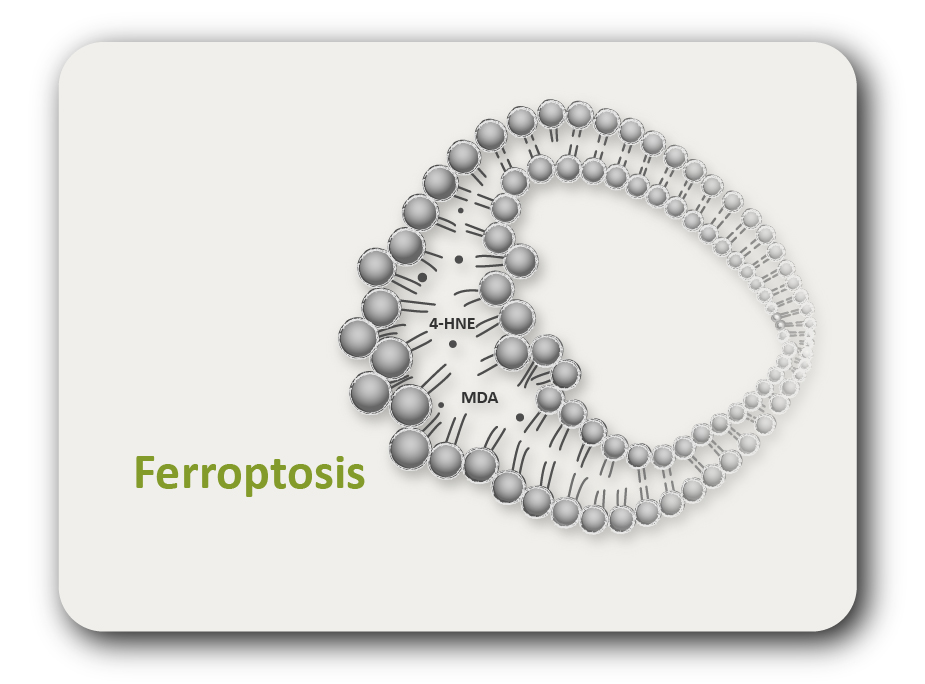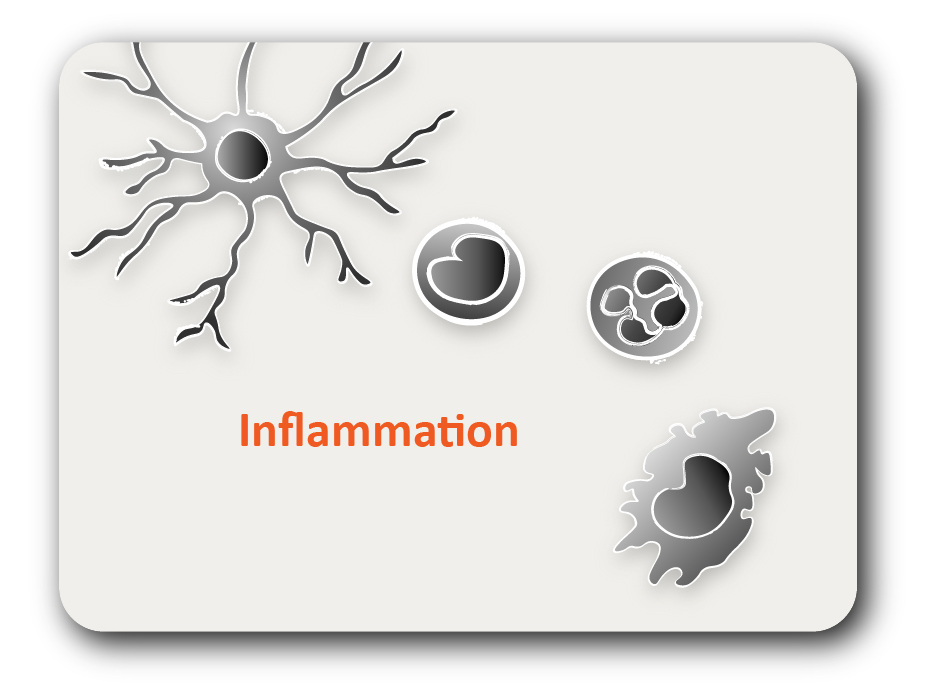ARG45492
anti-CXADR / CAR antibody
anti-CXADR / CAR antibody for Flow cytometry,ICC/IF,Western blot and Human,Mouse,Rat,Monkey
Overview
| Product Description | Rabbit Polyclonal antibody recognizes CXADR / CAR |
|---|---|
| Tested Reactivity | Hu, Ms, Rat, Mk |
| Tested Application | FACS, ICC/IF, WB |
| Host | Rabbit |
| Clonality | Polyclonal |
| Isotype | IgG |
| Target Name | CXADR / CAR |
| Antigen Species | Human |
| Immunogen | Recombinant protein containing to human CXADR / CAR. |
| Conjugation | Un-conjugated |
| Alternate Names | Coxsackievirus B-adenovirus receptor; CAR4/6; HCAR; hCAR; CAR; Coxsackievirus and adenovirus receptor; CVB3-binding protein; HCVADR |
Application Instructions
| Application Suggestion |
|
||||||||
|---|---|---|---|---|---|---|---|---|---|
| Application Note | * The dilutions indicate recommended starting dilutions and the optimal dilutions or concentrations should be determined by the scientist. | ||||||||
| Observed Size | 45 kDa |
Properties
| Form | Liquid |
|---|---|
| Purification | Affinity purified |
| Buffer | 0.2% Na2HPO4, 0.9% NaCl and 4% Trehalose. |
| Stabilizer | 4% Trehalose |
| Concentration | 0.5 mg/ml |
| Storage Instruction | For continuous use, store undiluted antibody at 2-8°C for up to a week. For long-term storage, aliquot and store at -20°C or below. Storage in frost free freezers is not recommended. Avoid repeated freeze/thaw cycles. Suggest spin the vial prior to opening. The antibody solution should be gently mixed before use. |
| Note | For laboratory research only, not for drug, diagnostic or other use. |
Bioinformation
| Database Links | |
|---|---|
| Gene Symbol | CXADR |
| Gene Full Name | coxsackie virus and adenovirus receptor |
| Background | The protein encoded by this gene is a type I membrane receptor for group B coxsackieviruses and subgroup C adenoviruses. Several transcript variants encoding different isoforms have been found for this gene. Pseudogenes of this gene are found on chromosomes 15, 18, and 21. [provided by RefSeq, May 2011] |
| Function | Component of the epithelial apical junction complex that may function as an homophilic cell adhesion molecule and is essential for tight junction integrity. Also involved in transepithelial migration of leukocytes through adhesive interactions with AMICA1/JAML a transmembrane protein of the plasma membrane of leukocytes. The interaction between both receptors also mediates the activation of gamma-delta T-cells, a subpopulation of T-cells residing in epithelia and involved in tissue homeostasis and repair. Upon epithelial CXADR-binding, AMICA1 induces downstream cell signaling events in gamma-delta T-cells through PI3-kinase and MAP kinases. It results in proliferation and production of cytokines and growth factors by T-cells that in turn stimulate epithelial tissues repair. [UniProt] |
| Cellular Localization | Cell membrane; Single-pass type I membrane protein; Cell junction; tight junction; adherens junction; Basolateral cell membrane; Single-pass type I membrane protein; Cell membrane; Single-pass membrane protein; Secreted. [UniProt]. [UniProt] |
| Calculated MW | 40 kDa |
| PTM | N-glycosylated. Palmitoylated on Cys-259 and/or Cys-260; required for proper localization to the plasma membrane. [UniProt]. [UniProt] |
Images (5) Click the Picture to Zoom In
-
ARG45492 anti-CXADR / CAR antibody ICC/IF image
Immunofluorescence: U20S stained with ARG45492 anti-CXADR / CAR antibody at 5 μg/ml dilution.
-
ARG45492 anti-CXADR / CAR antibody WB image
Western blot: COS-7 stained with ARG45492 anti-CXADR / CAR antibody at 0.5 μg/ml dilution.
-
ARG45492 anti-CXADR / CAR antibody FACS image
Flow Cytometry: HepG2 stained with ARG45492 anti-CXADR / CAR antibody at 1 µg/10^6 cells dilution.
-
ARG45492 anti-CXADR / CAR antibody WB image
Western blot: Rat heart stained with ARG45492 anti-CXADR / CAR antibody at 0.5 μg/ml dilution.
-
ARG45492 anti-CXADR / CAR antibody WB image
Western blot: Mouse heart stained with ARG45492 anti-CXADR / CAR antibody at 0.5 μg/ml dilution.





